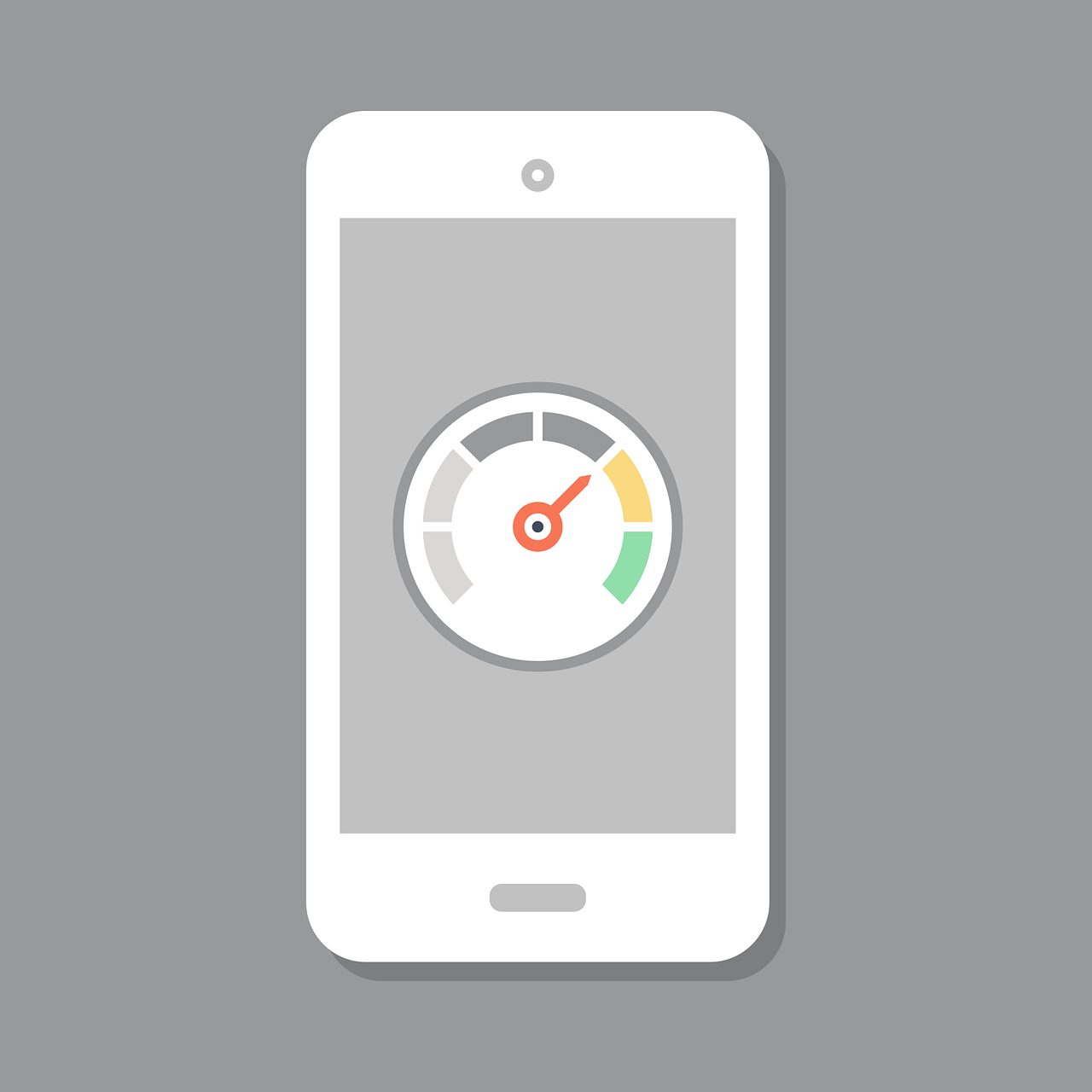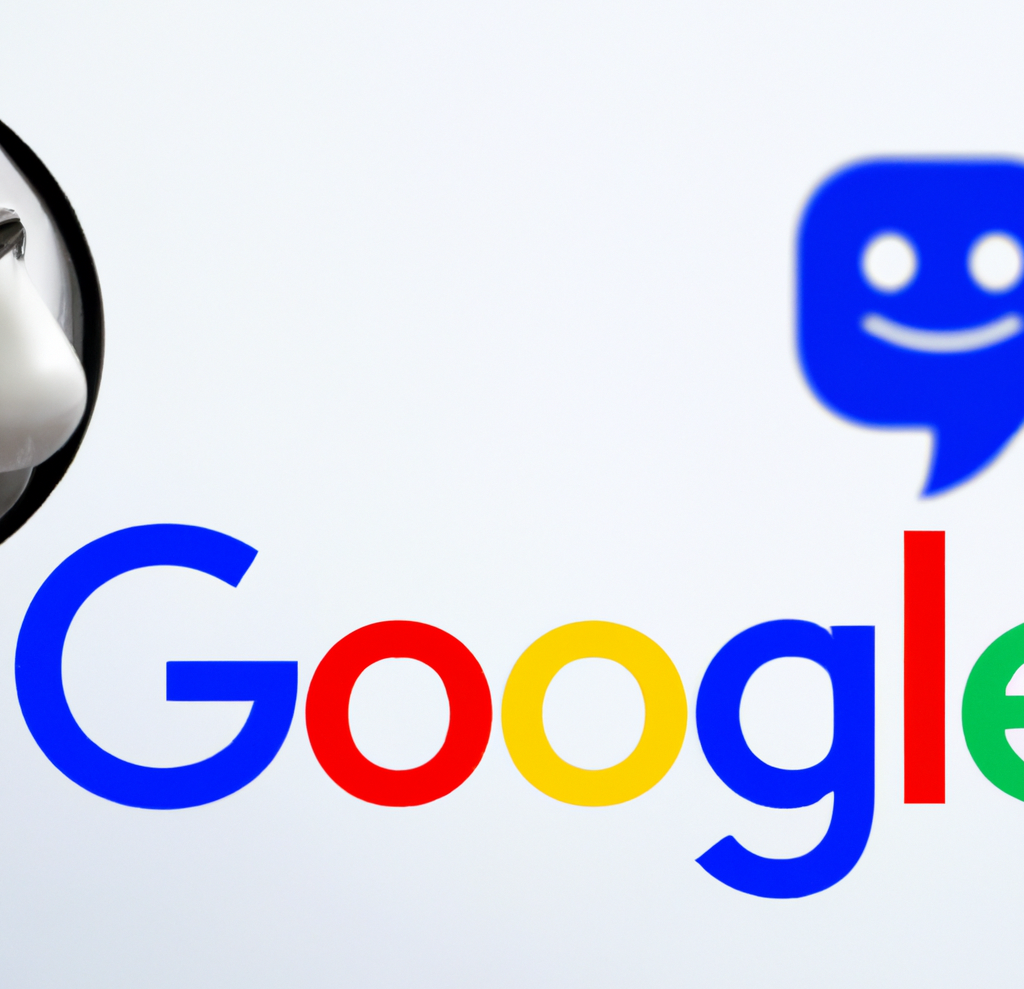Countries with Slow Internet Can Affect Core Web Vitals Scores

In a Google Office Hours Hangout Google’s John Mueller answered if the Core Web Vitals scoring would give consideration to sites whose users come from countries with predominantly slow Internet.
Core Web Vitals Lab & Field Testing
Testing core web vitals with Lighthouse gives what’s called Lab Data. Lab data is an estimated score using a simulated environment.
Field data, which is what’s reported in PageSpeed Insights, is based on real-world data. The real world data is gathered from actual site visitors who have opted into anonymously providing the site download speed information.
- Lab data = Simulated
- Field data = Actual scores from real people visiting the website
The person asking the question noted that they had updated their site and achieved a score of 100 in the lab testing. But that when the field data was updated they saw that their field scores (based on actual site visitors) as reported in Google Search Console actually went down and were significantly lower than the simulated scores predicted through Lighthouse.
The person asking the question confirmed that he knows the difference between lab and field data and that field data takes time to update.
The heart of the question is, why does the simulated lab data reflect the changes made to improve the core web vitals score but that Google Search Console shows the metrics getting worse.
Mueller began his response by reminding the person asking the question that there is a reporting delay with field data.
The person asking the question reiterated that they understood this and that it had been taken into account, that they had waited over 28 days to see the updated scores and the scores were worse.
Mueller next responded that it’s hard to say about this specific case without looking at the details and this is the point where the discussion became very interesting.
Mueller:
“One thing that I would try to do there is to try to figure out which part of Core Web Vitals is affected by that, if it’s like Largest Contentful Pain or if it’s CLS.
And based on that, try to figure out where it might be coming from.”
Next Mueller lowered expectations on the accuracy of the lab data.
Mueller continued:
“One of the things that generally happens with the lab versus field data is that with the lab data it’s basically an assumption.
It’s an approximation of what our systems think might happen in the field. Because there are just so many unknowns out there that depends a little bit on your users, where they’re coming from, what kind of devices they have… all of that.
Which means that you can use the lab data to incrementally improve but you don’t necessarily see a clear connection between the lab results and the field results. I don’t know if that’s something that might be playing a role there…”
The follow up question inquired if there were considerations for slower Internet speeds in different countries. He wanted to know if there were different scores for countries with slow mobile connections.
He next pointed out that this might put his site at a disadvantage with countries that have a preponderance of users in developed countries with faster Internet connection.
The background to that question is that Core Web Vitals metrics are measured from actual users. If a user is on a low quality cell phone on a low quality data connection then the core web vitals scores will be lower than someone from another country with a faster Internet connection and a higher quality mobile phone.
Mueller responded:
“I don’t know what the final setup there will be.
It is something where we have country information in Chrome User Experience Report data. So it is something where we’d be able to figure out where users are primarily coming from.
But the general idea is still kind of that users should be able to have a good experience.
And if the bulk of your users sees a slow experience, regardless of why, then essentially that’s what will apply there.
So that’s at least from what I know, that’s kind of the general standpoint there.
It’s like if 90% of your users are coming from locations that are slow and essentially 90% of your users have this …sub-optimal experience with your site, then that’s kind of what will be taken into account.”
Block Slow Countries for Better Core Web Vitals Scores?
The idea has taken hold that blocking certain countries might help the Core Web Vitals scores. Someone asked Martin Splitt about in January 2021.
This is how Martin responded about blocking countries for core web vitals:
No. That’s thinking that is laser focused on the Core Web Vitals and that’s really, really risky.”
A, Because people from these countries, if they want to access your website, they will through a proxy or what’s called a “VPN” which really is mostly a proxy for most cases.
And then the speed is even slower, so not helping.
Users From Slow Countries and Core Web Vitals
As John Mueller understands it, he said that there will be no allowances made for sites whose users come from countries where the Internet connection is slower.
The implication and reason for the question is that this seems to put a website at a disadvantage compared to websites with users predominantly from countries with fast Internet.
But in a way that presumption kind of needs a deeper think.
The companies with mostly fast Internet users are not necessarily competing with websites whose user base is predominantly in slower Internet countries, since their user base is from the fast countries.
Expanding the user base to countries with fast Internet is a matter of country code domains (.uk, .in, .jp, etc.), language and other factors like overt hints about International Targeting (and “un-targeting”) in the Google Search Console.
The Core Web Vitals ranking influence is a very small thing and not going to have as much influence as these other more important signals that help Google understand the geographical and language relevance of a website.
Citation
Watch Mueller answer the question at approximately the 2 minute mark in the video:
AI
Exploring the Evolution of Language Translation: A Comparative Analysis of AI Chatbots and Google Translate

According to an article on PCMag, while Google Translate makes translating sentences into over 100 languages easy, regular users acknowledge that there’s still room for improvement.
In theory, large language models (LLMs) such as ChatGPT are expected to bring about a new era in language translation. These models consume vast amounts of text-based training data and real-time feedback from users worldwide, enabling them to quickly learn to generate coherent, human-like sentences in a wide range of languages.
However, despite the anticipation that ChatGPT would revolutionize translation, previous experiences have shown that such expectations are often inaccurate, posing challenges for translation accuracy. To put these claims to the test, PCMag conducted a blind test, asking fluent speakers of eight non-English languages to evaluate the translation results from various AI services.
The test compared ChatGPT (both the free and paid versions) to Google Translate, as well as to other competing chatbots such as Microsoft Copilot and Google Gemini. The evaluation involved comparing the translation quality for two test paragraphs across different languages, including Polish, French, Korean, Spanish, Arabic, Tagalog, and Amharic.
In the first test conducted in June 2023, participants consistently favored AI chatbots over Google Translate. ChatGPT, Google Bard (now Gemini), and Microsoft Bing outperformed Google Translate, with ChatGPT receiving the highest praise. ChatGPT demonstrated superior performance in converting colloquialisms, while Google Translate often provided literal translations that lacked cultural nuance.
For instance, ChatGPT accurately translated colloquial expressions like “blow off steam,” whereas Google Translate produced more literal translations that failed to resonate across cultures. Participants appreciated ChatGPT’s ability to maintain consistent levels of formality and its consideration of gender options in translations.
The success of AI chatbots like ChatGPT can be attributed to reinforcement learning with human feedback (RLHF), which allows these models to learn from human preferences and produce culturally appropriate translations, particularly for non-native speakers. However, it’s essential to note that while AI chatbots outperformed Google Translate, they still had limitations and occasional inaccuracies.
In a subsequent test, PCMag evaluated different versions of ChatGPT, including the free and paid versions, as well as language-specific AI agents from OpenAI’s GPTStore. The paid version of ChatGPT, known as ChatGPT Plus, consistently delivered the best translations across various languages. However, Google Translate also showed improvement, performing surprisingly well compared to previous tests.
Overall, while ChatGPT Plus emerged as the preferred choice for translation, Google Translate demonstrated notable improvement, challenging the notion that AI chatbots are always superior to traditional translation tools.
Source: https://www.pcmag.com/articles/google-translate-vs-chatgpt-which-is-the-best-language-translator
Google Implements Stricter Guidelines for Mass Email Senders to Gmail Users

Beginning in April, Gmail senders bombarding users with unwanted mass emails will encounter a surge in message rejections unless they comply with the freshly minted Gmail email sender protocols, Google cautions.
Fresh Guidelines for Dispatching Mass Emails to Gmail Inboxes In an elucidative piece featured on Forbes, it was highlighted that novel regulations are being ushered in to shield Gmail users from the deluge of unsolicited mass emails. Initially, there were reports surfacing about certain marketers receiving error notifications pertaining to messages dispatched to Gmail accounts. Nonetheless, a Google representative clarified that these specific errors, denoted as 550-5.7.56, weren’t novel but rather stemmed from existing authentication prerequisites.
Moreover, Google has verified that commencing from April, they will initiate “the rejection of a portion of non-compliant email traffic, progressively escalating the rejection rate over time.” Google elaborates that, for instance, if 75% of the traffic adheres to the new email sender authentication criteria, then a portion of the remaining non-conforming 25% will face rejection. The exact proportion remains undisclosed. Google does assert that the implementation of the new regulations will be executed in a “step-by-step fashion.”
This cautious and methodical strategy seems to have already kicked off, with transient errors affecting a “fraction of their non-compliant email traffic” coming into play this month. Additionally, Google stipulates that bulk senders will be granted until June 1 to integrate “one-click unsubscribe” in all commercial or promotional correspondence.
Exclusively Personal Gmail Accounts Subject to Rejection These alterations exclusively affect bulk emails dispatched to personal Gmail accounts. Entities sending out mass emails, specifically those transmitting a minimum of 5,000 messages daily to Gmail accounts, will be mandated to authenticate outgoing emails and “refrain from dispatching unsolicited emails.” The 5,000 message threshold is tabulated based on emails transmitted from the same principal domain, irrespective of the employment of subdomains. Once the threshold is met, the domain is categorized as a permanent bulk sender.
These guidelines do not extend to communications directed at Google Workspace accounts, although all senders, including those utilizing Google Workspace, are required to adhere to the updated criteria.
Augmented Security and Enhanced Oversight for Gmail Users A Google spokesperson emphasized that these requisites are being rolled out to “fortify sender-side security and augment user control over inbox contents even further.” For the recipient, this translates to heightened trust in the authenticity of the email sender, thus mitigating the risk of falling prey to phishing attempts, a tactic frequently exploited by malevolent entities capitalizing on authentication vulnerabilities. “If anything,” the spokesperson concludes, “meeting these stipulations should facilitate senders in reaching their intended recipients more efficiently, with reduced risks of spoofing and hijacking by malicious actors.”
Google’s Next-Gen AI Chatbot, Gemini, Faces Delays: What to Expect When It Finally Launches

In an unexpected turn of events, Google has chosen to postpone the much-anticipated debut of its revolutionary generative AI model, Gemini. Initially poised to make waves this week, the unveiling has now been rescheduled for early next year, specifically in January.
Gemini is set to redefine the landscape of conversational AI, representing Google’s most potent endeavor in this domain to date. Positioned as a multimodal AI chatbot, Gemini boasts the capability to process diverse data types. This includes a unique proficiency in comprehending and generating text, images, and various content formats, even going so far as to create an entire website based on a combination of sketches and written descriptions.
Originally, Google had planned an elaborate series of launch events spanning California, New York, and Washington. Regrettably, these events have been canceled due to concerns about Gemini’s responsiveness to non-English prompts. According to anonymous sources cited by The Information, Google’s Chief Executive, Sundar Pichai, personally decided to postpone the launch, acknowledging the importance of global support as a key feature of Gemini’s capabilities.
Gemini is expected to surpass the renowned ChatGPT, powered by OpenAI’s GPT-4 model, and preliminary private tests have shown promising results. Fueled by significantly enhanced computing power, Gemini has outperformed GPT-4, particularly in FLOPS (Floating Point Operations Per Second), owing to its access to a multitude of high-end AI accelerators through the Google Cloud platform.
SemiAnalysis, a research firm affiliated with Substack Inc., expressed in an August blog post that Gemini appears poised to “blow OpenAI’s model out of the water.” The extensive compute power at Google’s disposal has evidently contributed to Gemini’s superior performance.
Google’s Vice President and Manager of Bard and Google Assistant, Sissie Hsiao, offered insights into Gemini’s capabilities, citing examples like generating novel images in response to specific requests, such as illustrating the steps to ice a three-layer cake.
While Google’s current generative AI offering, Bard, has showcased noteworthy accomplishments, it has struggled to achieve the same level of consumer awareness as ChatGPT. Gemini, with its unparalleled capabilities, is expected to be a game-changer, demonstrating impressive multimodal functionalities never seen before.
During the initial announcement at Google’s I/O developer conference in May, the company emphasized Gemini’s multimodal prowess and its developer-friendly nature. An application programming interface (API) is under development, allowing developers to seamlessly integrate Gemini into third-party applications.
As the world awaits the delayed unveiling of Gemini, the stakes are high, with Google aiming to revolutionize the AI landscape and solidify its position as a leader in generative artificial intelligence. The postponed launch only adds to the anticipation surrounding Gemini’s eventual debut in the coming year.
-

 PPC4 days ago
PPC4 days ago19 Best SEO Tools in 2024 (For Every Use Case)
-

 MARKETING7 days ago
MARKETING7 days agoWill Google Buy HubSpot? | Content Marketing Institute
-
SEARCHENGINES7 days ago
Daily Search Forum Recap: April 16, 2024
-

 SEO7 days ago
SEO7 days agoGoogle Clarifies Vacation Rental Structured Data
-

 MARKETING6 days ago
MARKETING6 days agoStreamlining Processes for Increased Efficiency and Results
-
SEARCHENGINES6 days ago
Daily Search Forum Recap: April 17, 2024
-

 SEO6 days ago
SEO6 days agoAn In-Depth Guide And Best Practices For Mobile SEO
-

 PPC6 days ago
PPC6 days ago97 Marvelous May Content Ideas for Blog Posts, Videos, & More















You must be logged in to post a comment Login